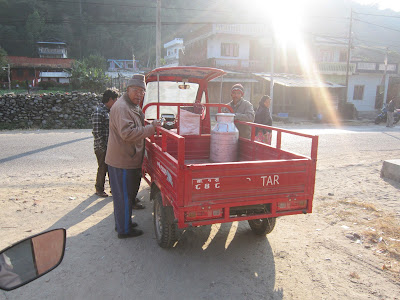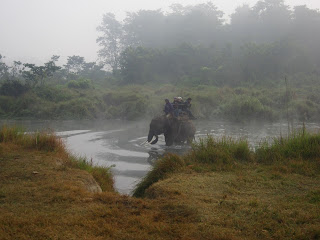I live directly south of the Mansfield VOR beacon. It is a reporting point for western and northern (polar) inbound air traffic to Pearson (CYYZ). In the summer I watch planes approaching the control zone from my back yard. With today’s technology I can instantly find out the Airline, type of plane, where it originated, when it took off, track its completed route/speed/ altitude, and even find out what runway it’s going to land on.
Many times I look up and wonder about the people on those flights coming in from long haul Asian points of origin. This time one of them will be me.
If we take the same Great Circle route back to Toronto as the way we came, we will climb out and start our long Asian trek over mainland China over Hunan Province, onward to the Yin Mountains; over the Mongolian and the Central Siberian Plateau; then we will head out over the Arctic Ocean. We will dissect the western side of Greenland and enter Canadian airspace somewhere between Baffin Bay and the Davis Straight. Our last southerly leg to Southern Ontario will take us over, or beside, Hudson’s Bay .
That is if we follow the same track home. Our route may be entirely different depending on the jet stream and a prediction of mor favourable tail winds. We are just as likely to take an entirely different route arriving on the North American continent over the Alaskan Panhandle (or even more farther south).
That is if we follow the same track home. Our route may be entirely different depending on the jet stream and a prediction of mor favourable tail winds. We are just as likely to take an entirely different route arriving on the North American continent over the Alaskan Panhandle (or even more farther south).
Either way I am reasonably certain that we will start our descent to Toronto somewhere just north of the Bruce Peninsula. After 20-25 minutes and at an altitude of 10,000 feet this plane will be crossing directly overhead Mulmur Township where I live. Another fifteen minutes (plus/minus) and we will be at the gate with that all too familiar sound, click click click…,click,,, (seatbelts).
Home.
(Robin track my flight for status and pick up thanks).
http://flightaware.com/live/flight/CPA826/history/20121208/0845Z/VHHH/CYYZ
































































